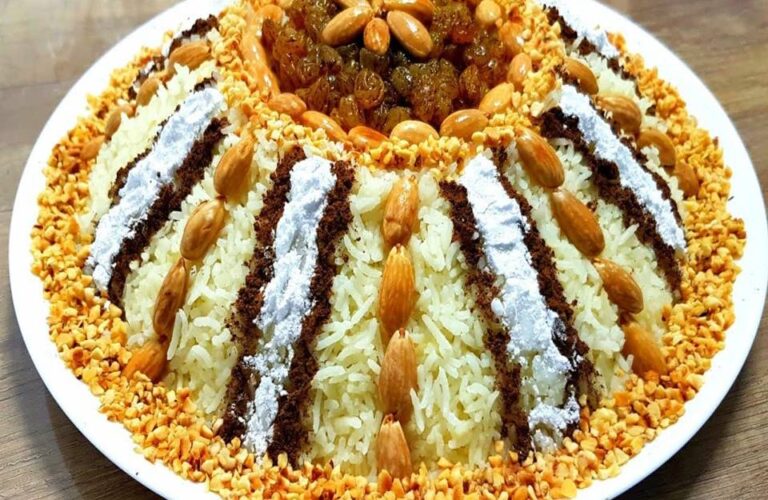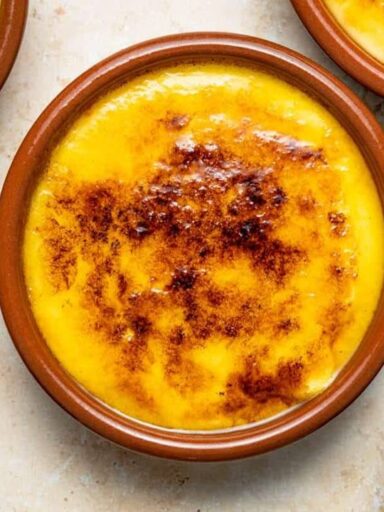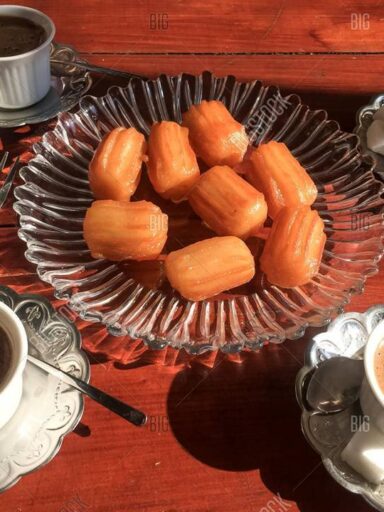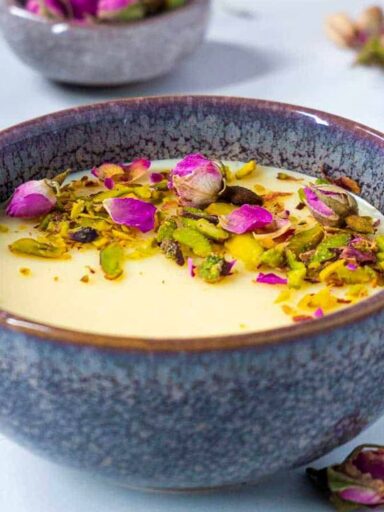Morrocan Seffa Dessert
Seffa is a traditional Moroccan dessert made with steamed couscous or vermicelli pasta, often topped with powdered sugar, ground almonds, and cinnamon. It is a beloved dish, typically served during special occasions and celebrations. The dish can be sweet or savoury, but the sweet version is more commonly associated with dessert.
For Moroccans, Seffa is a source of cultural pride. It is a dish that represents their culinary heritage and is often showcased to visitors and during cultural festivals, promoting Moroccan culture to a broader audience.
Seffa, a traditional Moroccan dish made from steamed couscous or vermicelli, holds significant cultural and social importance in Moroccan society. Here’s an exploration of its role and symbolism.
Cultural Significance
Symbol of Moroccan Cuisine
Seffa showcases the culinary traditions of Morocco, emphasizing the use of local ingredients like couscous, nuts, and spices. It reflects the blend of Arab, Berber, and Andalusian influences in Moroccan cuisine.
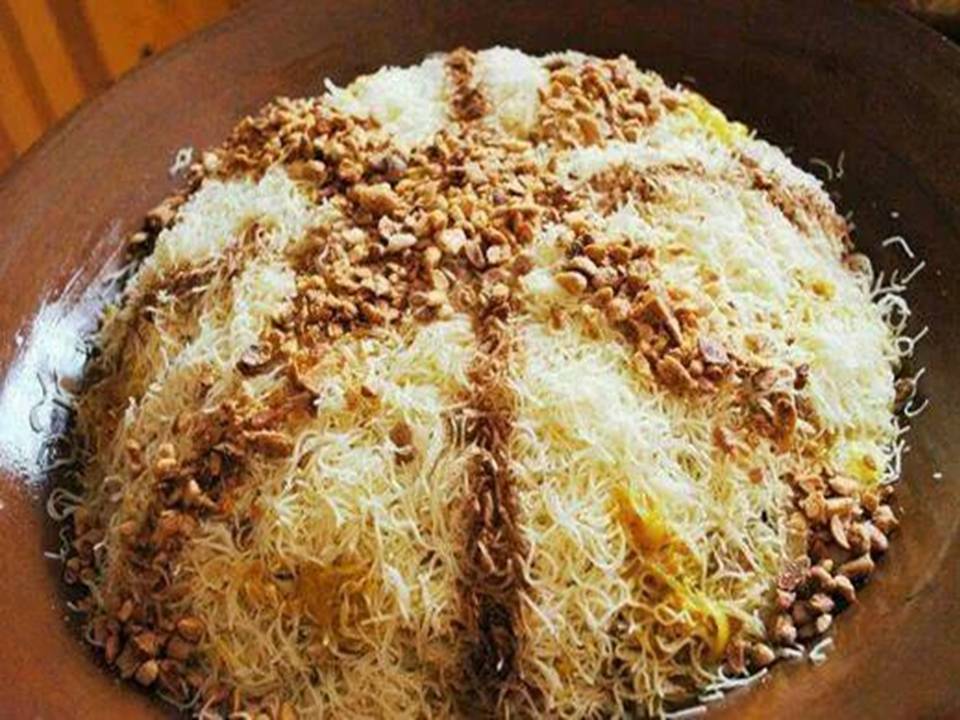
Traditional Preparation
The method of preparing Seffa, especially the steaming process, is a testament to traditional Moroccan cooking techniques. The use of the couscoussier (a special steamer) highlights the importance of preserving traditional methods.
Festive Dish
Seffa is often prepared for festive occasions such as weddings, religious holidays like Eid al-Fitr and Eid al-Adha, and other family celebrations. It symbolizes joy, prosperity, and the importance of communal gatherings.
Versatility
Seffa can be made both sweet and savoury, demonstrating the versatility and creativity of Moroccan cooks. The sweet version, topped with powdered sugar, cinnamon, and almonds, is particularly popular as a dessert or breakfast dish.
Social Significance
Hospitality
Serving Seffa to guests is a gesture of hospitality and generosity. It signifies the host’s respect and care for their visitors, reinforcing social bonds and the importance of community.
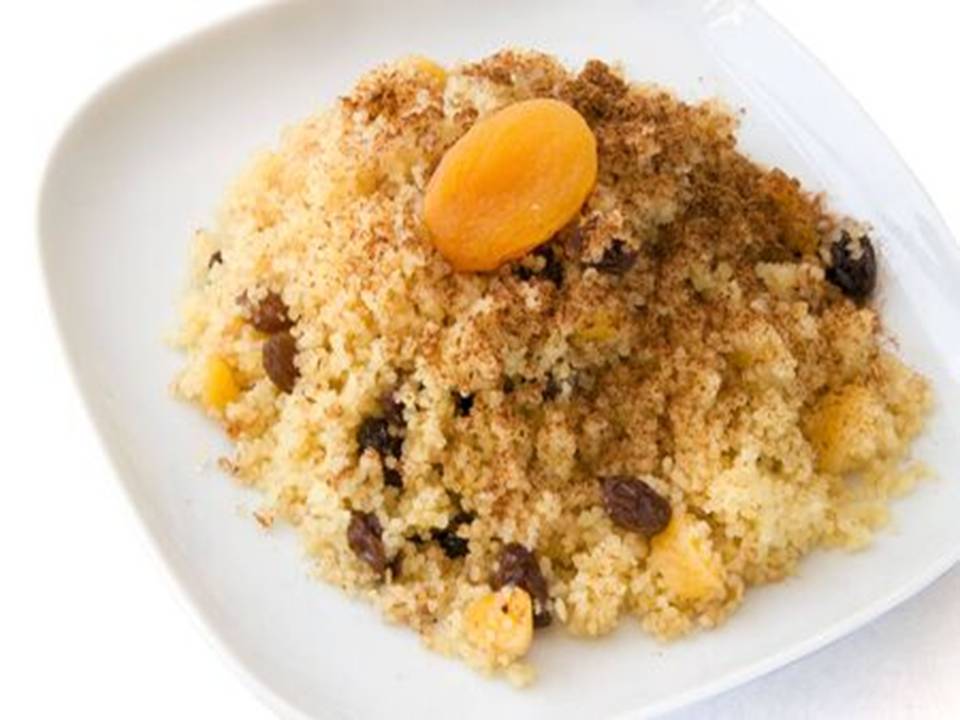
Family Bonding
The preparation of Seffa is often a family affair, with multiple generations coming together to make the dish. This collaborative effort strengthens family ties and ensures the transmission of culinary knowledge and traditions.
Community Celebrations:
During communal celebrations, Seffa is a dish that brings people together. Its preparation and sharing foster a sense of unity and collective joy, reflecting the communal nature of Moroccan society.
Intergenerational Connections:
The recipes and techniques for making Seffa are often passed down from one generation to the next. This intergenerational transmission of knowledge helps preserve cultural heritage and keeps family traditions alive.
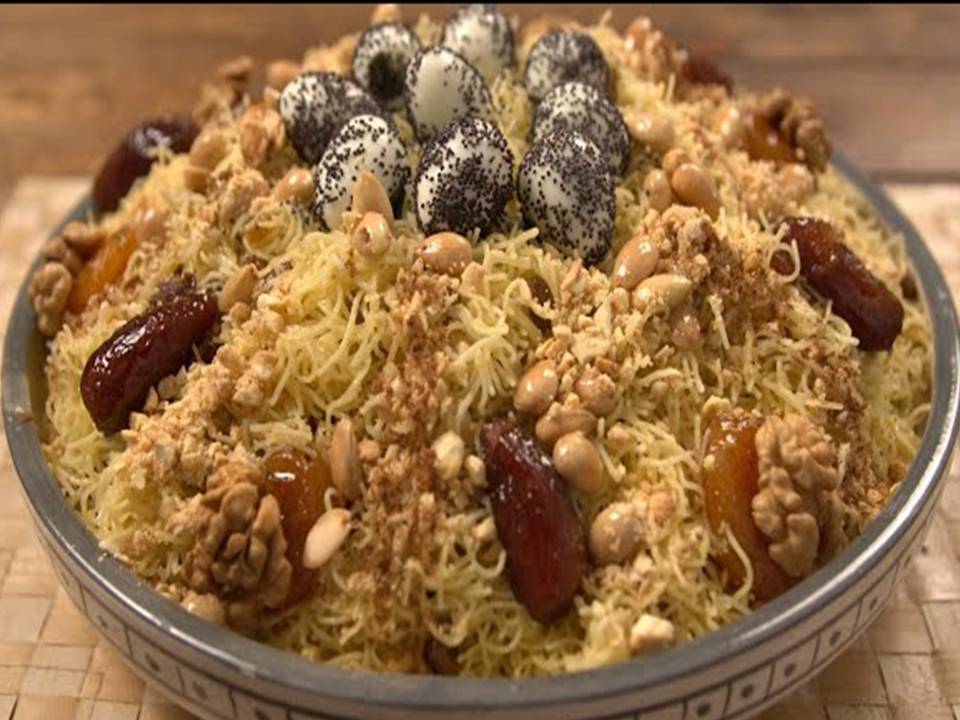
Symbolic Elements
Abundance and Generosity: The rich ingredients and generous toppings of Seffa symbolize abundance and prosperity. Serving Seffa is a way to share blessings and good fortune with others.
Sweetness of Life: The sweet version of Seffa, with its sugar, cinnamon, and almonds, represents the sweetness of life and the joy of celebrations. It is a reminder to appreciate the good moments and to share happiness with others.
Craftsmanship: Making Seffa requires skill and patience, particularly in the steaming process. This craftsmanship is a point of pride and a demonstration of culinary expertise.
Flavour and Texture: The combination of textures (soft couscous or vermicelli with crunchy almonds) and flavours (sweetness from sugar and cinnamon) in Seffa makes it a unique and delightful dish, highlighting the complexity and richness of Moroccan cuisine.
In summary, Seffa is more than just a dessert in Morocco; it is a dish that embodies cultural heritage, social values, and communal spirit. Its preparation and consumption are deeply embedded in Moroccan traditions, making it a significant element of both everyday life and special occasions.
Seffa Dessert Recipe
Ingredients:
Couscous Seffa:
2 cups couscous
2 tablespoons vegetable oil or melted butter
1/2 cup raisins (optional)
1/4 cup powdered sugar
1/4 cup ground almonds
1/4 cup cinnamon
1/4 cup melted butter (for mixing)
Salt to taste
Water for steaming
Vermicelli Seffa:
500g vermicelli pasta
2 tablespoons vegetable oil or melted butter
1/2 cup raisins (optional)
1/4 cup powdered sugar
1/4 cup ground almonds
1/4 cup cinnamon
1/4 cup melted butter (for mixing)
Salt to taste
Water for steaming
Instructions:
Prepare the Couscous or Vermicelli:
- If using couscous, place it in a large bowl and drizzle with vegetable oil or melted butter. Toss to coat evenly.
- If using vermicelli, break the pasta into smaller pieces and coat with oil or melted butter.
- Steam the Couscous or Vermicelli
- Using a couscoussier (a traditional Moroccan steamer), fill the bottom part with water and bring it to a boil.
- Place the couscous or vermicelli in the top part of the couscoussier and steam for about 20-30 minutes.
- Remove from heat, transfer to a large bowl, and sprinkle with some water. Fluff the grains or pasta with a fork to separate them. Let it cool for a few minutes.
- Repeat the steaming process two more times, each time fluffing the couscous or vermicelli and sprinkling with water if necessary.
Add Flavourings:
- During the final steaming, add raisins if using.
- After the final steaming, transfer the couscous or vermicelli to a large serving dish.
- Drizzle with melted butter and mix well.
Garnish:
- Mix the powdered sugar, ground almonds, and cinnamon.
- Generously sprinkle the mixture over the couscous or vermicelli.
- You can create a decorative pattern with the cinnamon and almonds for a traditional presentation.
Serve:
Seffa is typically served warm, but it can also be enjoyed at room temperature.
It’s often paired with a glass of Moroccan mint tea.
Notes:
Variations: Some variations of Seffa include adding orange blossom water, rose water, or other dried fruits like dates and apricots.
Savoury Version: For a savoury version, the couscous or vermicelli can be mixed with chicken, lamb, or vegetables, and flavoured with savoury spices.
Cultural Significance:
Seffa is more than just a dessert in Morocco; it is a dish that symbolizes hospitality and celebration. It is often served during important family gatherings, such as weddings, religious holidays, and special family occasions. The elaborate preparation and the fragrant, sweet, and spiced flavours make it a favourite comfort food and a highlight of Moroccan cuisine.
